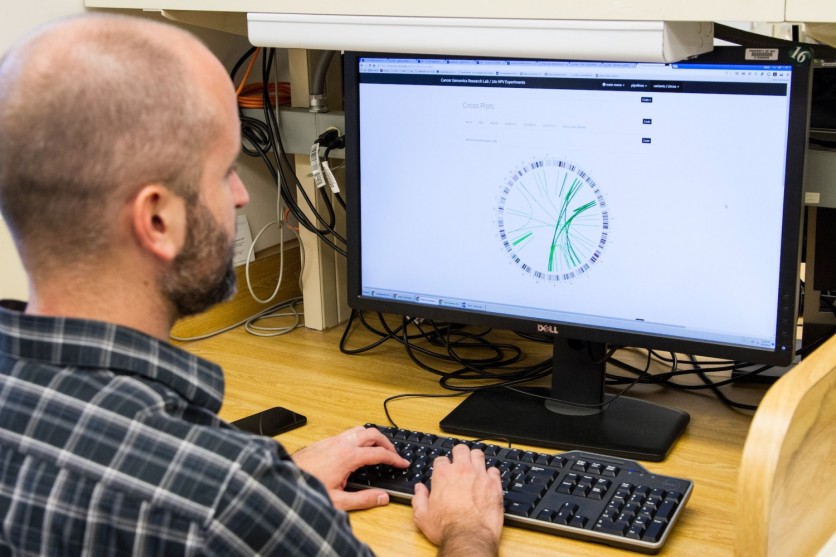
In the ever-evolving world of healthcare, it has become imperative for medical practices to streamline their operations and enhance patient care through the use of technology. One of the most effective ways to achieve this is by implementing a comprehensive healthcare management software system. This powerful tool can revolutionize your practice, improving efficiency, reducing administrative burden, and ultimately enhancing patient satisfaction.
In this blog post, we will explore four top tips to help you successfully revamp your medical practice with the ultimate healthcare management software.
Assess Your Practice's Needs and Goals
Before diving into any software implementation, it is crucial to assess your practice's unique needs and goals. Consider the specific challenges you face, such as managing appointments, medical records, billing, and communication. Identify areas where you could use the best medical practice management software to achieve automation and determine the key features and functionalities required to address those needs. For example, if you struggle with appointment scheduling, prioritize a software solution with a robust scheduling module. By aligning your goals with the capabilities of the software, you can ensure a successful integration that caters to your practice's requirements.
Research and Choose the Right Software
The market offers a wide range of healthcare management software options, each with its own strengths and weaknesses. Take the time to thoroughly research different software providers, compare their features, read user reviews, and request demos or trials whenever possible. Look for a solution that offers a user-friendly interface, seamless integration with existing systems, and comprehensive modules to cover all aspects of your practice. Also, consider the scalability and flexibility of the software to accommodate future growth and changing needs. By selecting the right software, you can set the foundation for a successful digital transformation.
Ensure Proper Training and Support
Implementing a healthcare management software system involves a significant change for your practice and staff. To ensure a smooth transition, it is essential to provide proper training and support to all users. Look for software providers that offer comprehensive onboarding programs and ongoing technical support. This includes training sessions, user manuals, video tutorials, and a dedicated support team to address any questions or issues that may arise. Investing in training and support will empower your staff to fully utilize the software's capabilities and maximize its benefits, leading to improved efficiency and productivity.
Continuously Evaluate and Optimize
Once the software is implemented, it's crucial to continuously evaluate its performance and optimize its usage within your practice. Monitor key metrics, such as appointment turnaround time, billing accuracy, patient satisfaction, and staff productivity, to assess the software's impact. Regularly communicate with your staff to gather feedback and identify areas for improvement. Collaborate with the software provider to stay up-to-date with the latest updates, new features, and industry best practices. By actively evaluating and optimizing the software's usage, you can ensure that it remains aligned with your practice's evolving needs and maximizes its potential benefits.

Integrating a healthcare management software system into your medical practice can transform the way you operate, providing increased efficiency, enhanced patient care, and improved overall performance. By following these top tips - assessing your practice's needs and goals, choosing the right software, ensuring proper training and support, and continuously evaluating and optimizing - you can successfully revamp your medical practice and reap the rewards of a streamlined and technologically advanced healthcare environment.
ⓒ 2025 TECHTIMES.com All rights reserved. Do not reproduce without permission.




